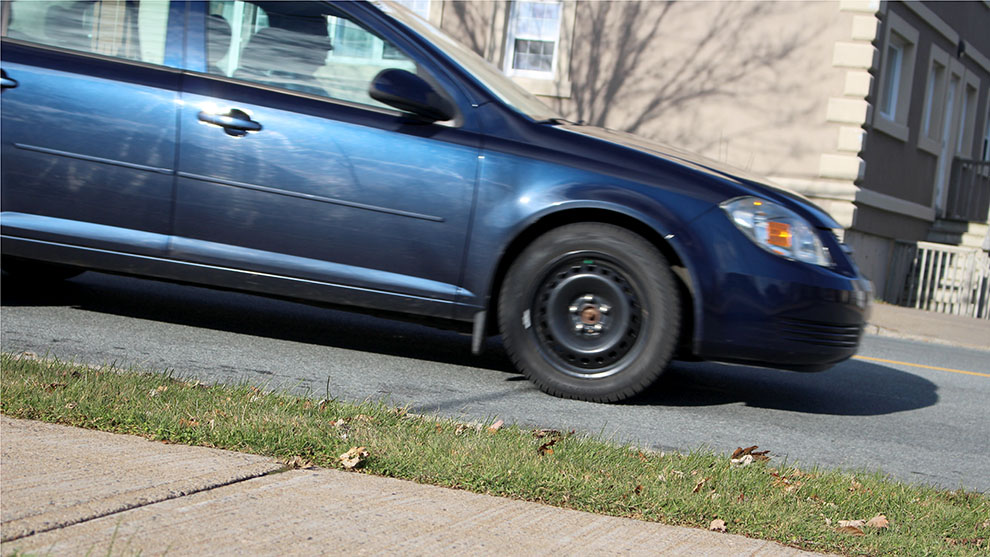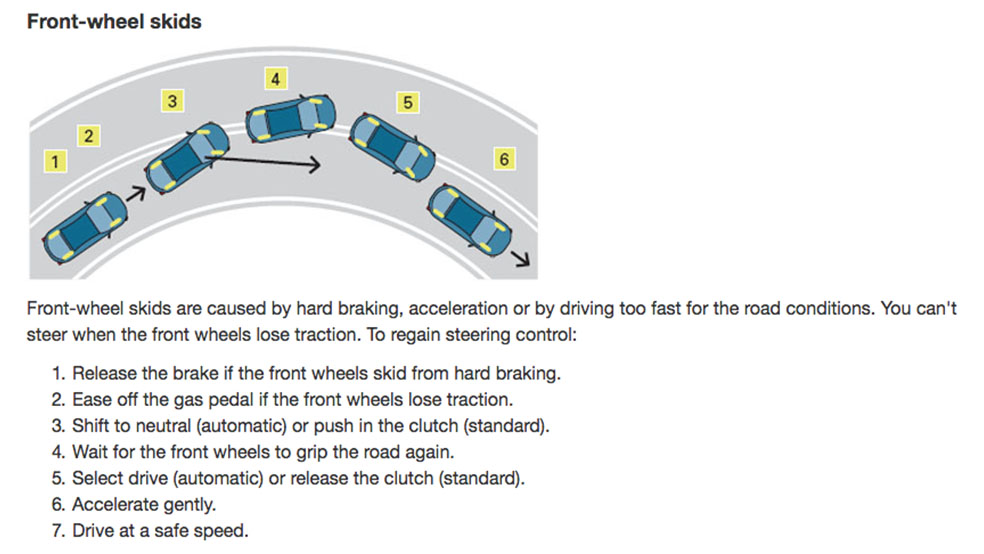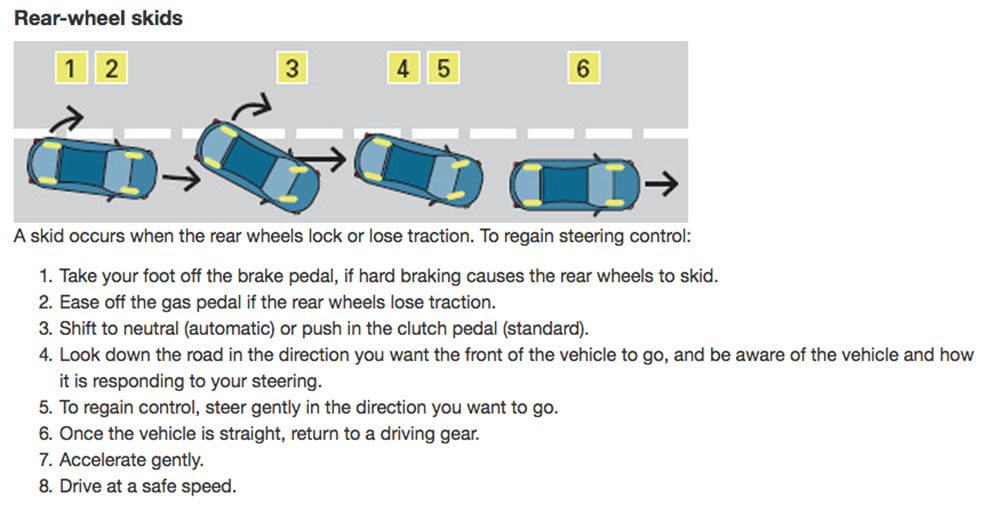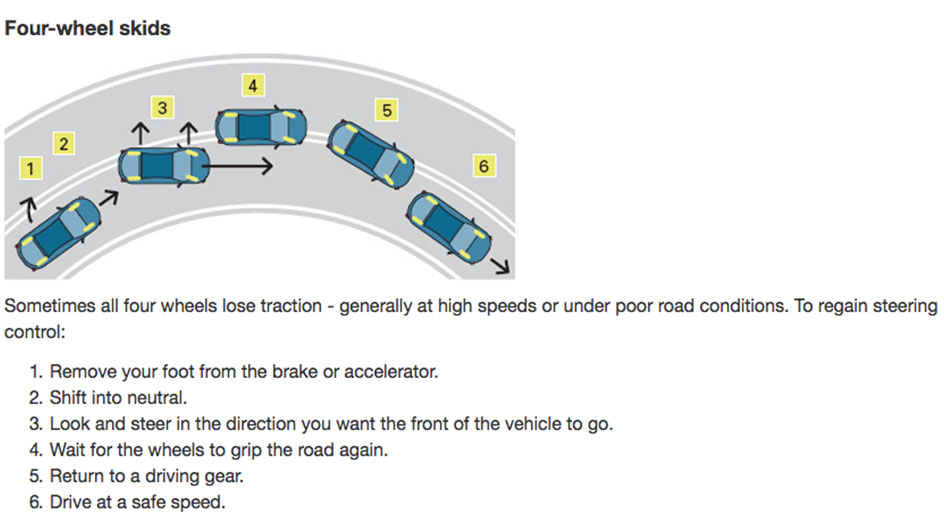Winter Driving
Tips on how to be a safer driver this winter
Winter tires won’t help if you can’t drive in winter conditions

caption
Winter tires are useless if you don't know how to drive in winter conditions.
caption
Winter tires are useless, if you don’t know how to drive in winter conditions.It’s December, which means you’re probably in a rush to get your car ready for the impending winter roads — if you haven’t already. But winter tires are useless if you don’t know how to drive safely in winter conditions.
For people wanting to know how to drive in winter conditions, Safety Services Nova Scotia offers a three-hour seminar. Mike Tops, program manager at Safety Services Nova Scotia, says the seminar talks about how to be a safe driver in winter conditions.
Tops says it’s a “basic overview” for people who want a reminder of things like winter road conditions, driving when daylight hours are shorter, defensive driving, tires, skid control and how to get out if you’re stuck in snow.
Safety Services Nova Scotia also has on-the-road training, but co-ordination is more spontaneous.
“The catch to it is it has to be done in the months, when there’s snow on the ground,” Tops says. “So you’re talking late January, February and it’s heavily reliant on the weather and finding a spot suitable to do the training in.”
In the meantime, here are some tips that will make sure you reach your various destinations during the winter months.
Prepare your vehicle
Winter tires are a must, but make sure you also scrape your car. Windows, mirrors, the roof and hood should be free of snow and frost.
The Canada Safety Council suggests having an emergency kit with a light shovel, jumper cables and a flashlight. Storing a blanket, drinking water, snacks, toilet paper and a phone charger is a good idea too, in case help isn’t immediate.

caption
Some items you should stow in your car.Speed limits are for ideal weather conditions
Ideal conditions means when the road is dry and visibility is clear. So drive whatever speed allows you to still have full control of the vehicle, given the weather conditions.
If it’s raining, avoid ruts in the road where water may pool, as driving in those ruts may result in the car hydroplaning. If it did rain and the temperature drops suddenly — Transport Canada calls these drops, “cold snaps” — watch for flash freezing.
Drivers should also be wary of snowdrifts under overpasses, on an otherwise dry road. If you’re driving down a highway and hit a small patch of snow, right before a bend in the road, it might affect the tires’ friction enough that you can’t make the turn.
In snowy weather, slow down, stay a safe distance behind the car in front of you and only slam the brakes if you have anti-lock braking system, or ABS, brakes. They’re designed to “pump” on their own.
When making turns in snowy conditions, use your indicator and slow to a crawl to avoid drifting. Once you’ve made your turn, you can accelerate again. In the event you do drift, this is what Transport Canada says you should do:

caption
How to get out of a front-wheel skid.
caption
How to get out of a rear-wheel skid.
caption
How to get out of a four-wheel skid.Watch the forecast
Transport Canada says the safest strategy for winter driving is to avoid driving in rough weather.
They suggest checking the local weather before leaving the house and to know when bad weather is on the way. If you must drive somewhere, prepare to drive in those conditions: plan your route and know the impact the conditions and route have on your travel time.

